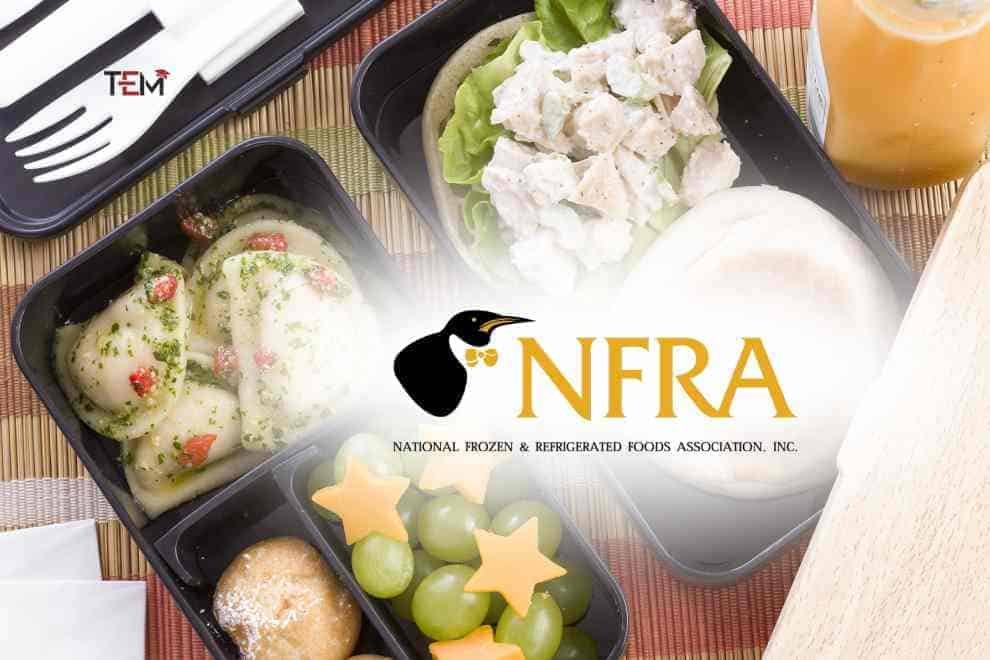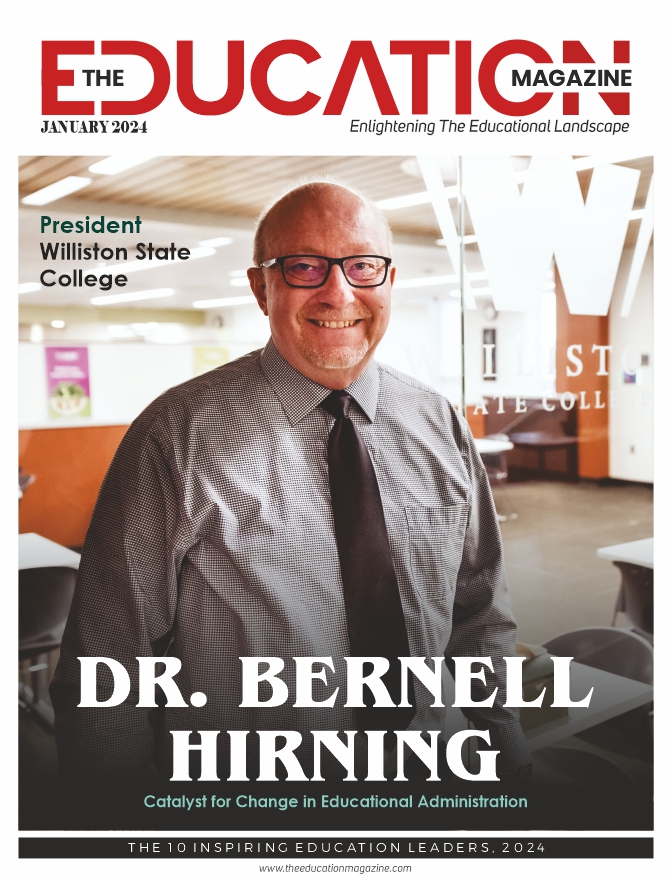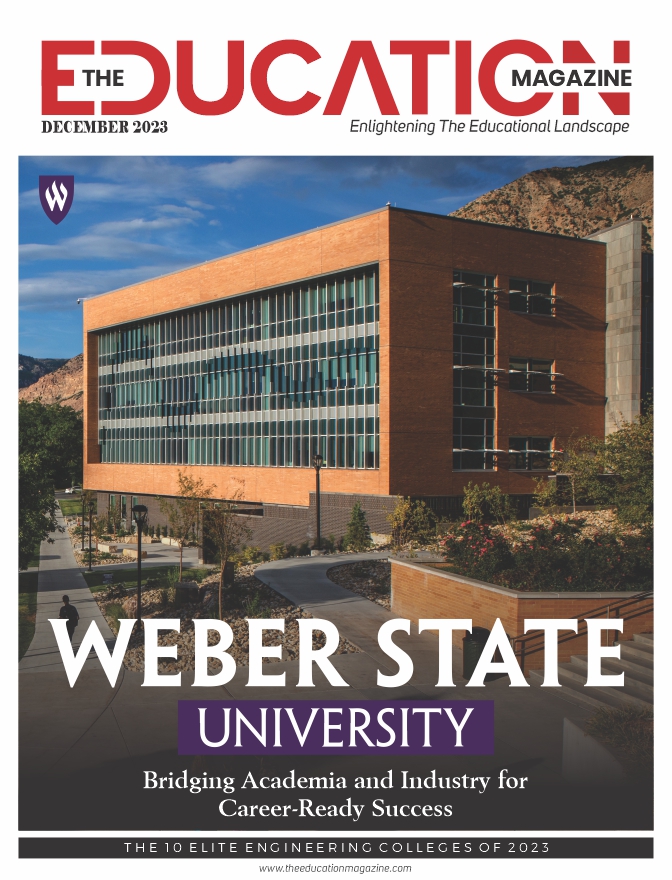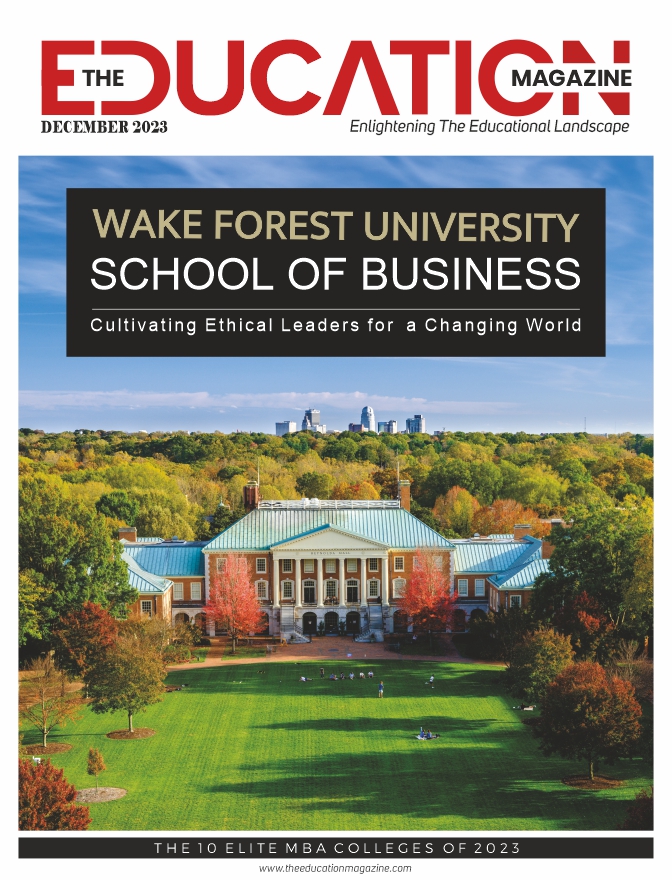National Frozen & Refrigerated Foods Association initiates an educational program to aware and combats food waste
It cannot be denied that food waste has become one of the world’s biggest problems humans are facing today. It’s no secret that estimated numbers say up to one-third of all food produced is a waste. Only in America, the food wastes in urban areas are enough in a day that the quantity can fill rural areas’ belly for a week. Food waste is the number one component that America disposes-buries under the earth. And there is a reason for that; 40 percent of all food produced in the United States is discarded and twenty percent of the food we buy is never eaten. To answer “How to Reduce Food Waste”, the National Frozen & Refrigerated Foods Association (NFRA) has come up with a resolution to educate about food waste to teens, parents, and teachers.
In partnership with Young Minds Inspired (YMI), NFRA has developed a No Taste for Food Waste educational program to address food waste by educating future consumers. The program targets prior to middle and high school students in the family. The initiative provided consumer/environmental science and health classes and the curriculum materials which include a teacher’s guide, lesson plans, reproducible student activities and more, distributed to more than 65,000 educators across the country.
The food waste facts to know
The amount of food waste and the effects are disturbing. It’s astounding on the economy, which is estimated to about $218 billion of food lost each year; and on American families, every member toss approximately 300 pounds of food every year. This is like costing a family of four as $2,200.
No Taste for Food Waste educational initiative puts some light into food waste problem as Skip Shaw, President, and CEO of NFRA explains how to reduce food waste, “through interactive activities, we deliver the staggering facts about the economic and environmental impact of the food waste problem, share important food safety information, and provide realistic action plans for what we can all do about food waste in our homes and our communities – including how foods from the frozen and dairy aisles can be part of the solution to turning around the consumer food waste trend.”
Use these Tips to teach how to Reduce Food Waste as kids head Back-to-School
- Plan meals ahead and use a shopping list – The pre-planned shopping list will help avoid impulse buys and unnecessary quantities, and you can purchase only what is needed.
- Eat what you buy – Whatever you buy, buy consciously. Know portion sizes, don’t prepare too much and always eat leftovers.
- Don’t toss food before it spoils – There is greater need to learn about food expiration dates, and “use by” and “best if used by” dates. Check out the U.S. Food & Drug Administration’s Date Labels on Packaged Foods for more information.
- Consider purchasing more foods from the frozen and dairy aisles – You can use just what you need and put the rest back in the fridge or freezer for the next time. Foods are perfectly portioned – no waste; freezing technology and eco-friendly packaging keep cool foods fresher longer and provide much longer shelf life.










